In late March, Samyang contacted me to see if I wanted to look at a new lens. I agreed, but they didn’t specify what the lens was. I didn’t know until it arrived, but was very interested to discover a compact, portrait oriented prime lens at a focal length that I’ve never tested before – 75mm. The Samyang (also sold as Rokinon in North America) AF 75mm F1.8 is a lightweight (230g/8oz) lens with a relatively fast maximum aperture of F1.8 and a new design element for Samyang. There is now a custom switch on the side with two modes – allowing you to use the single ring similarly to Canon RF’s control ring. It can be used for aperture control and manual focus at the moment, though Samyang promises that more options will be available via the Samyang Lens Station in the future. This extra degree of control is welcome and is a sign of growing maturation in Samyang’s lens design. With a compact size, light weight, good optical and autofocus performance, and a reasonable price tag ($399 USD), the AF75 (which we’ll call it for brevity) will be attractive to both full frame and APS-C shooters.
I mention APS-C, as the AF75 has a focal length equivalent of 112.5mm. Not only is this an extremely useful focal length for portrait work, but the light weight and compact size makes it an easy match for a smaller APS-C camera (particularly the a6500 or a6600 with their in-body stabilization systems). There really aren’t many APS-C lenses that fill this focal range (the closest that comes to mind is the also-excellent Sigma 56mm F1.4 DN), and the AF75 is actually a better fit from a size perspective than the Sony FE 85mm F1.8. I tested the lens on APS-C as well, and liked what I saw:
It is the Sony FE 85mm F1.8 that will obviously give potential buyers the most pause, as it has one of best (if not the best) price-to-performance ratios of any of the Sony-branded lenses. I will do my best to equip you to make an informed decision if you are debating between these two lenses. There are some solid points to consider in either column.
Read on to discover my conclusions. If you prefer to watch your reviews, you can watch either my standard (shorter format) review or definitive (long format) review by clicking the thumbnails below.
Follow Me @ Patreon | My Newsletter | Instagram | Facebook | Twitter | Flickr | 500px
Thanks to Samyang Global for the review copy of the lens. I have done the review of the AF75 on my Sony a7RIII and Sony a9 bodies.
Samyang AF75 Build, Design, and Handling
The AF75 is part of what Samyang calls their “Tiny Series”. The earliest lenses in that series were 24mm and 35mm F2.8 lenses that were near to being pancake lenses (and with some of the common limitations to such lenses), but the more recent releases have been a little more “serious” lenses that have incorporated more mature linear focus motors, better optics, and, in most cases, a larger maximum aperture. This “second wave” includes the 18mm F2.8 (my review here), the 45mm F1.8 (my review here), and this new 75mm F1.8.
Count me as a fan of this new series, as I really appreciate the compact nature of the lenses (when so many new releases are MASSIVE) and the fact that while short on bells and whistles, the lenses are giving a solid autofocus performance along with having great optics. While this is perhaps an unconventional trinity of focal lengths, it is worth noting that the lenses combined are smaller than a zoom covering something like this focal range and cost less. Between these three lenses one could cover the vast majority of photography subjects with very strong optical quality.
Before we explore the lens further, let’s discuss the nature of the focal length. Samyang emphasizes that the 75mm is a classic focal length preferred by photographers in past eras (there’s some truth to that). Most modern lenses have moved to the 85mm focal length, though there are a few 75mm lenses on the market. Most of these are actually for APS-C, though there are a few full frame 75mm lenses for the Leica M mount (a platform that definitely has a “vintage vibe”. I’m not aware of any 75mm lenses for the modern big three of Canon, Sony, and Nikon, however. Samyang has chosen to tackle unconventional focal lengths in this series, however, and that may help them to indirectly compete with standard focal lengths while also providing a focal length alternative. I’m partial to the 45mm focal length when compared to the 50mm focal length, for example, and some may feel the same about this 75mm focal length. Here’s a look from Samyang comparing the 75mm and 85mm angle of view:
I’ve actually enjoyed the focal length for both stills and video, in both full frame and APS-C framing, so I can see the merit of it. It’s a nice focal length for my “woods roaming” kind of photography.
Samyang has also clearly considered the primary competition at 85mm and the maximum aperture of F1.8, as they emphasize on the clear advantages the AF75 has: size and weight.
You can see that the AF75 is demonstrably more compact than these lenses (neither of which are considered large). At 230g (8.11oz), the AF75 is extremely light. Even the lightweight Sony (371g) is 61% heaver, and the Zeiss Batis 85mm F1.8 (452g) is 97% heavier. If you are really counting the grams, that could be significant.
Likewise, the Samyang is only 69mm (2.72″) long compared to 78mm for the Sony and 92mm for the Batis. It also sports a smaller diameter of 65mm and has a 58mm front filter thread (both small and common). The other two lenses have a 78mm diameter and take a 67mm front filter.
I can’t say that the size difference would be a dealbreaker for me, personally, with the other two lenses are they are still fairly compact lenses, but there’s no question the Samyang is remarkably compact and lightweight.
There is a design evolution here that I’m really happy to see from Samyang. The AF75 sports a custom switch on the side of the barrel that allows you to use the single ring in several ways. The lens is compatible with Samyang’s Lens Station and Lens Manager software, which will allow you to apply firmware updates and customize lens performance. You can affect the behavior of the focus ring, tweak autofocus (I’m not sure why this is necessary on a mirrorless lens!), and assign custom functions to the custom switch. I currently have Aperture Control assigned to Mode 1 and Manual Focus applied to Mode 2.
I like being able to use the ring for aperture in the field, and you can use it for aperture racking for video, though with a caveat. The aperture is still electronic, so there is a little lag and a bit of a visible stepping even though you can smoothly rack through apertures without detents. I also love having the ability to control manual focus right from the switch, as none of the previous Samyang AF lenses on Sony have offered an AF/MF switch. This is a very positive change and one that I hope becomes standard for future Samyang releases.
The behavior of the focus ring is pretty good, too. Some Samyang lenses have felt a little “disconnected”, but while the damping won’t make you think you are using a Zeiss lens, it feels linear and nicely connected. I had no problem nailing manual focus, and it is compatible with Sony’s “Focus Assist” so that the active portion of the image frame will be magnified.
The lens comes with a nice little zippered case which offers good protection value and also includes a lens hood. The lens hood is much deeper than on the other “tiny” lenses, as befits a longer telephoto lens like this. It is a petal-shaped hood that bayonets on with a satisfyingly definite “click”. There is no locking mechanism, but it feels unnecessarily due to the precise bayoneting.
I’m partial to the handsome look of these little lenses. They have a rich black satin finish, and, as Canon figured out a long time ago, nothing sets off a handsome black lens like a red ring!
There is no weather sealing, unfortunately.
There is a fair bit of glass in this little lens, and you can see multicoatings on both the front and back elements.
The AF75 can focus down to 0.69M (2.26ft) and produces a pedestrian 0.13x magnfication.
That’s pretty common for an 85mm(ish) lens, where the magnification figures range from 0.11x to 0.14x on the high end. It has uses, but will never get confused with a macro lens. I will note that up close performance was very good, however, and the plane of focus is nice and flat.
This isn’t a lens loaded with bells and whistles (the Sony adds a focus hold button but doesn’t have the ability to manually control aperture), but it triumphs in the dimensions of the package and the overall usability. The addition of a new point of control in the Custom Switch is very welcome, so I’ll happily give the Samyang AF75 high marks in the packaging…particularly when I consider that this is a lens that retails for $400 USD.
Samyang AF 75mm F1.8 Autofocus Performance
The Samyang AF75 employs a STM focus motor that is quick, silent, and smooth in operation. You won’t hardly hear the motor in operation unless you put your ear next to the barrel, where you will hear a light whirring sound. Focus speed is fast, with only a split second deliberation when going from minimum to infinity. Standard focus changes will happen near instantly.
Focus pulls in video are smooth, quiet, and confident. I saw no hunting or pulsing. My one complaint for video (one I’ve seen from some Samyang lenses previously until they received firmware updates) is that sometimes autofocus would “rack” (go out and then back into focus) unnecessarily during static shots (like my YouTube reviews). This behavior was inconsistent. I did some who sequences of up to 29-30 minutes without a problem, but then other times I would see it multiple times over a five minute recording stretch. I think a firmware update is warranted, and I have confidence that Samyang can smooth this behavior as I’ve seen them do it with other lenses which I can now use with confidence.
Focus precision for my general purpose shots were good. There were a few occasions where the lens didn’t want to focus on a foreground subject until I used a Flexipoint on the subject or moved autofocus back by focusing on a more prominent foreground object initially. The problem seemed to only occur when focus started beyond my desired plane of focus, and it seemed like the lens was reluctant to focus to backfocus. Once I got focus in the right zone when that happened (probably a half dozen times over my three week review period) the lens would always focus accurately. My overall focus accuracy was very high with the lens.
Things were even better for portraits. Eye AF worked flawlessly, detecting the subject’s eyes and delivering consistently well-focused results. Here’s a result that I loved!
I shot portraits at a variety of focus distances and liked what I saw again and again. I didn’t have one portrait that wasn’t well focused (most all of these are at F1.8).
For stills I have only one autofocus criticism. In some situations I found that focus jumped around a little in AF-C mode with all points active. Ironically the end results were always well focused, but there were a few times that I was surprised that they were. I suspect that this is tied to the focus racks I referred to while shooting video. A firmware update should address both issues, I suspect. I noticed this more on my a7RIII than on my a9, where focus just seemed more confident. My focus accuracy was actually very good, as you can see by a shot like this and its crop.
Samyang is getting better and better at autofocus and it shows in a lens like this. This is an area, however, where the Sony FE 85mm takes the win at the moment. It has really fantastic autofocus that is fast and confident (particularly for video) in a way that Samyang still can’t quite match.
****Samyang’s engineers have unable to recreate the video focus issues that I describe in other lenses, and there has been a firmware update (1.0) that does further improve focus confidence.
Samyang AF75 Image Quality
I suspect you’ve already gotten a sense from the photos I’ve shared in this review that the AF75 is a very nice little lens optically. We’ve got an optical formula of 10 elements in 9 groups, but half of those elements are special elements (3 extra low dispersion and 2 high refractive).
You can see from the MTF that center sharpness is very high with some fade towards the edges of the frame. If you don’t “speak MTF”, I’ll help illustrate that a little better for you in a moment.
There is a tiny amount of pincushion distortion (good for portraits!) and a more obvious amount of vignette.
I corrected the distortion manually (no RAW profile yet) with a -3 and used a +29 (moderately small amount) to correct the vignette, though I had to move the midpoint slider all the way over to the left (0). This tells me that there is only a moderate amount of vignette (less than two stops) but that it extends in a linear fashion throughout a good portion of the frame. The gradual, linear nature of the vignette meant that I didn’t even notice it in real world use. Case in point is this comparison:
The right image has received correction of vignette and distortion, but there’s a good chance you didn’t even notice at first. And, if you do look carefully, you might just find that you prefer the uncorrected version. Either way, I don’t consider either vignette or distortion to be a real-world issue. You can choose in camera corrections for both JPEGs and video.
A peak at my LoCA (Longitudinal Chromatic Aberration) Test shows that chromatic aberrations are well controlled and that contrast is good; there is no haze or spherical blur robbing the lens of contrast.
A look at a real-world example shows this to be true; a high contrast subject shows little evidence of green or purple fringing.
This takes us to a look at our test chart.
Wide open crops at F1.8 show good contrast and sharpness across the frame, though with a drop-off in the extreme edges of the frame (as we saw from the MTF).
This sharpness profile works well for most subjects, as the lens is very strong across the portion of the frame where the subject typically is. That translates into very good real world results, like this:
Landscape images do show off that the corners aren’t as sharp at F1.8, however (final crop is from right edge):
You can see that textures aren’t as well defined on the edges here. That becomes even more noticeable when I compare F1.8 (left) and F5.6 (right) below:
Still, that little loss on the edges is not going to affect most people in most shots, and I don’t make a habit of shooting landscape images with a lens wide open anyway!
Incidentally, it is in this area that the Samyang AF 85mm F1.4 (a lens that I’m a BIG fan of – my review here) shows its advantage. It’s F1.8 corner is brighter and shows better contrast and sharpness.
That advantage remains even at F2.8, though by F4 and beyond the results are similar.
Stopping down the AF75 just one-third stop to F2 do improve contrast and acuity over a lot of the frame, so you have the option of adding additional contrast to portrait shots while retaining a soft background if you so desire.
A good landscape aperture is F5.6, where we now see excellent sharpness right into the extreme corner.
The AF75 strikes a nice balance between sharpness and bokeh. The aperture iris has nine rounded aperture blades, and while you can see a bit of the aperture shape when stopped down, the general impression remains circular (see series below that shows F1.8, 2.8, and 4). The basic geometry is fairly good, however, with corner circles looking oval but not lemon shaped.
Though the focal length is not particularly long, and the aperture not particularly wide, the bokeh quality is quite smooth. Here’s some examples:
I see a lot more good than bad there! Wide open bokeh is lovely, but you can see the bokeh with the lens stopped down (picture 2 at F3.2) remains quite good:
I liked colors as well. They aren’t Zeiss/Voigtländer amazing (but what is?), but images had a nice look to them.
A lot of good here.
One shortcoming is that the lens does show some tendency towards veiling and ghosting when pointed at the sun (which might explain the deep lens hood). Flaring is most obvious when the sun is placed in the corner of the frame, where some ghosting artifacts will show up. They will become more defined (see image 3) when the lens is stopped down to small apertures (F11 pictured).
The final two images are the same image (corrected and uncorrected). They show a general loss of contrast when the sun is right out of the frame, though there are artistic applications for this. In the final shot I used the Dehaze slider to add contrast back into the image to illustrate how easily it can be done.
This is a fairly typical performance for such a lens, and really is the greatest vulnerability optically that I can point to. I love when a lens maker is able to deliver both a compact lens while retaining excellent image quality. It is often that last little bit of correction (trying to make an F1.4 lens sharp right to the corners and eliminating all aberrations, for example) that makes a lens massively grow. Canon’s RF 85mm F1.2L lens, for example, is optically amazing, but it literally weighs 5X as much as this lens and has internal volume that is nearly 3x as large. There’s a place for both approaches, of course, and I’m glad that both lenses exist. Having good quality options at a variety of sizes and price points is part of what makes us so spoiled for choice in 2020. Check out the image gallery if you want to see more examples.
Conclusion:
The Samyang AF 75mm F1.8 was a completely unexpected lens. When I opened the package and saw the box, I was initially perplexed. Samyang already has an excellent 85mm F1.4 lens at a very reasonable price. But then I opened the box and saw the size of the lens and that it was part of the “Tiny” series, and it made a lot more sense. These are lenses made for two very different purposes:
Once I started to use the lens, however, it made even more sense. It’s a great focal length, brilliantly compact, and yet doesn’t compromise much of anything in the image quality department. It is one firmware update away from having all-round excellent autofocus performance, and I think Samyang will come through with that shortly.
Samyang is marketing this as a portrait lens, and I think that’s fair. I find it particularly attractive as an option to bring along when traveling and that portraits will be a part of my trip but not my first priority. A larger lens would almost certainly have to stay home in that instance, but the AF75 is ready to travel.
So what about the Sony FE 85mm F1.8? The reasons to purchase it are: first party AF performance, good optical performance, and slightly better build. Reasons to purchase the Samyang would be price ($400 vs $600 USD), considerably smaller and lighter size, and what I think is slightly nicer bokeh. It’s not an easy choice, as the Sony is excellent, but some might consider the 75mm focal length (or the 85mm focal length) a reason to choose one or the other. But bottom line is this: I’m always happy to see more choice on the market. There may be a right choice for you, but neither choice is a bad one…and that’s a good thing. Samyang’s Tiny Series is really helping to fulfill the vision that many had of mirrorless being a place where cameras and lens were smaller, lighter, and more portable while retaining excellent image quality. Kudos to them for that!
Pros:
- Amazingly compact and lightweight
- New custom switch increases the functionality of the lens
- Focus is quiet and fast
- Eye AF works excellent
- Video focus pulls are also smooth, quiet, and accurate
- Excellent center and midframe sharpness from wide open
- Excellent sharpness across the frame at smaller apertures
- Beautiful bokeh rendering
- Good control of aberrations
- Includes hood and case
Cons:
- No weather sealing
- AF during video work can randomly trigger focus racks
- A bit flare prone
Purchase the Samyang AF 75mm F1.8 @ B&H Photo | Amazon | Amazon Canada | Amazon UK | Amazon Germany | Ebay
Sony a9 Camera: B&H Photo | Amazon | Amazon Canada | Amazon UK | Amazon Germany | Ebay
Sony a7RIV Camera: B&H Photo | Amazon | Amazon Canada | Amazon UK | Amazon Germany | Ebay
Sony a7R III Camera: B&H Photo | Amazon | Amazon.ca | Amazon UK | Ebay
Peak Design Slide Lite: Peak Design Store | B&H Photo | Amazon | Amazon Canada | Amazon UK
Peak Design Leash Strap: Peak Design Store | B&H Photo | Amazon | Amazon Canada | Amazon UK
BenQ SW271 4K Photo Editing Monitor – B&H Photo | Amazon | Amazon.ca | Amazon UK
Adobe Photoshop Creative Cloud 1-Year Subscription
Exposure Software X5 (Use Code “dustinabbott” to get 10% anything and everything)
Purchase your gear at:
B&H Photo | Amazon | Ebay | Make a donation via Paypal
Visit Dustin’s Amazon Storefront and see his favorite gear
Purchasing your gear through B&H and these links helps fund this website and keeps the articles coming. You can also make a donation here if you would like. Visit my Amazon page for some of my gear of choice! Thank you for your support.
Great News! I can now offer a 5% discount on all purchases at Amplis Foto, Canada’s Leading Photographic Supplier. Please enter discount code: AMPLIS52018DA in your cart. It is good for everything in your cart, and is stackable with other coupons, too! It will take 5% off your entire order! Proceeds go towards keeping this site going and providing you with new reviews!
Check me out on: My Patreon | Sign Up for My Newsletter | Instagram | Facebook | Twitter | Flickr | 500px | Google+ |
Use Code “DUSTINHDR” to get $10 off ($15 CDN) any Skylum product: Luminar, Aurora, or AirMagic
Keywords: Samyang, Sony, AF, 75mm, F1.8, Samyang AF 75mm 1.8, Review, 1.8, Samyang 75 Review, Samyang 75mm Review, Rokinon 75mm Review, Sony FE, Dustin Abbott, Autofocus, Sample Images, Video, Video Test, review, Video review, Real World, Wide Angle, Sony a7RIII, Sony a7RIV, Sony a9, Portrait, Sharpness, Resolution, Bokeh









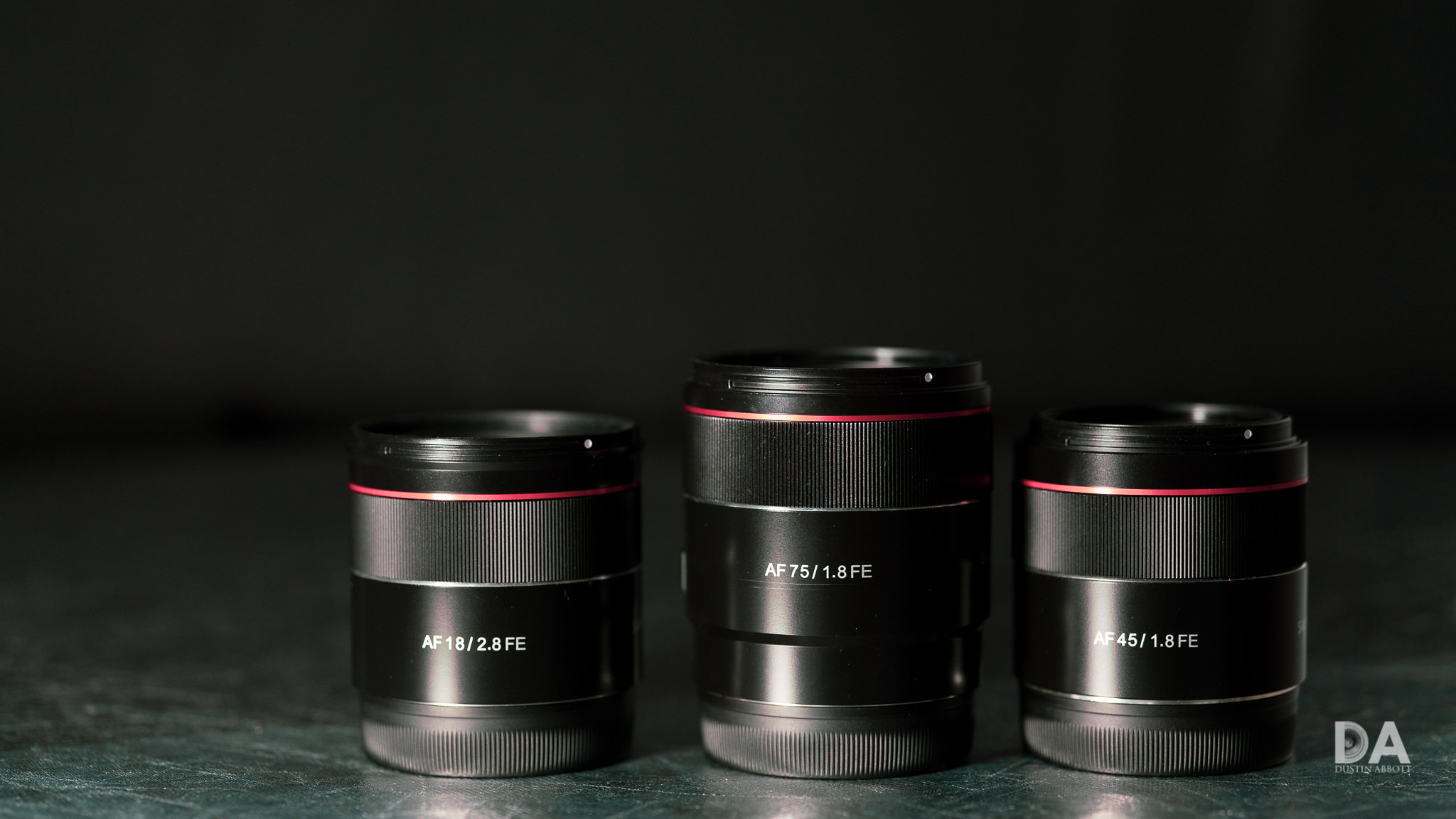

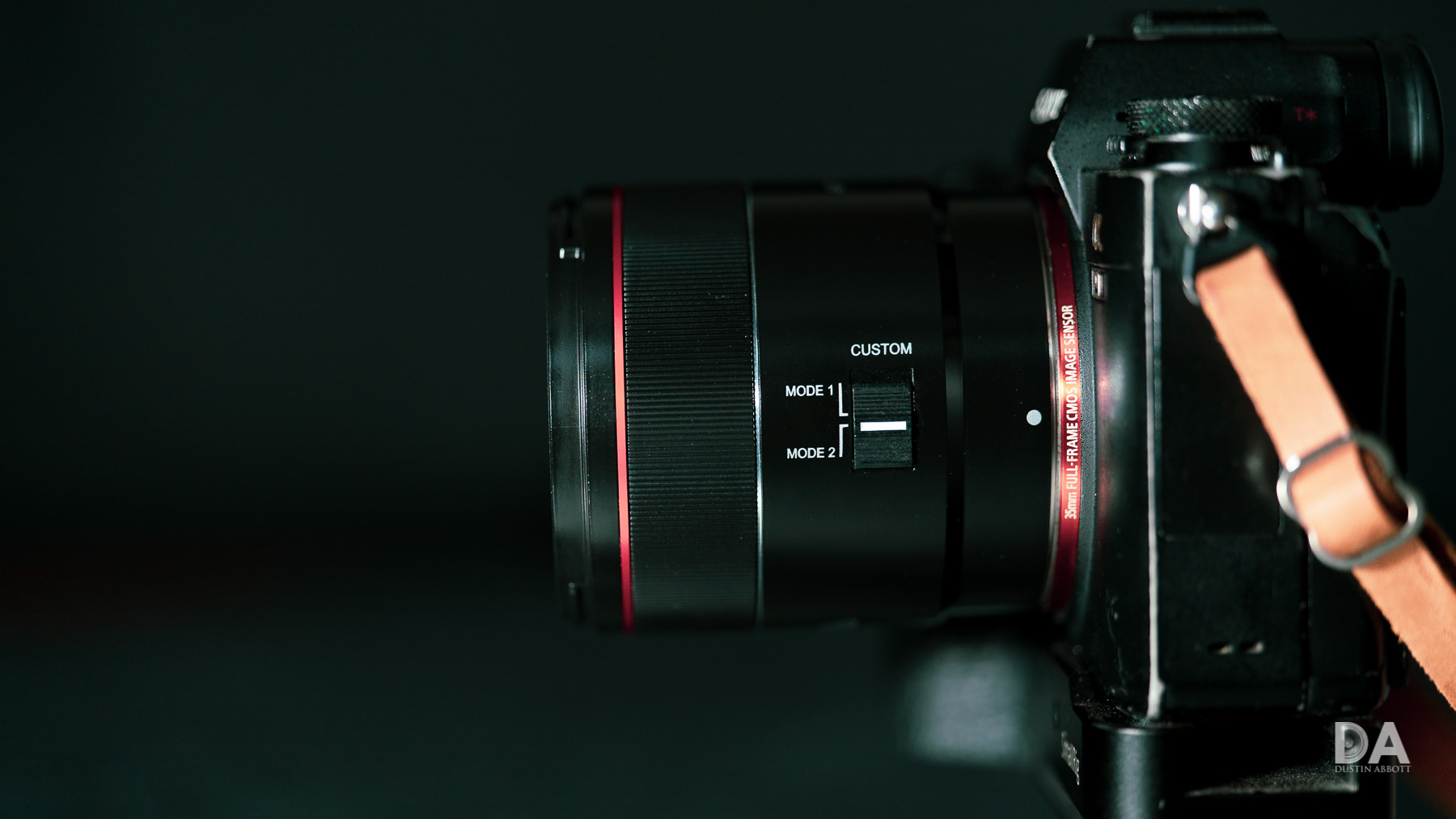
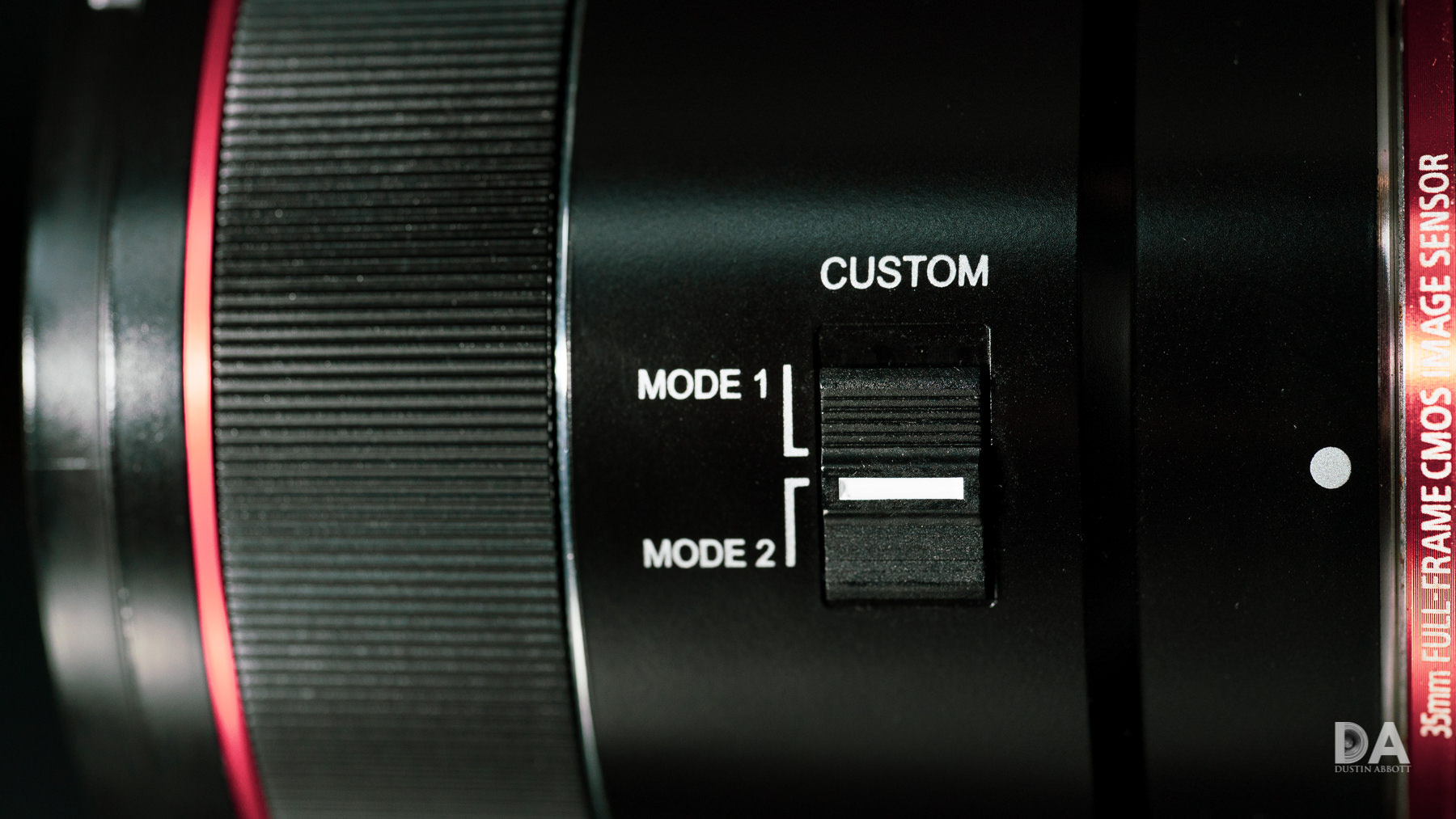
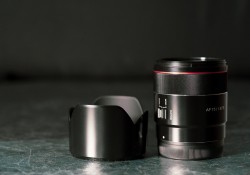
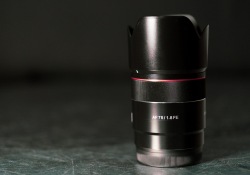
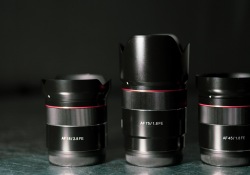
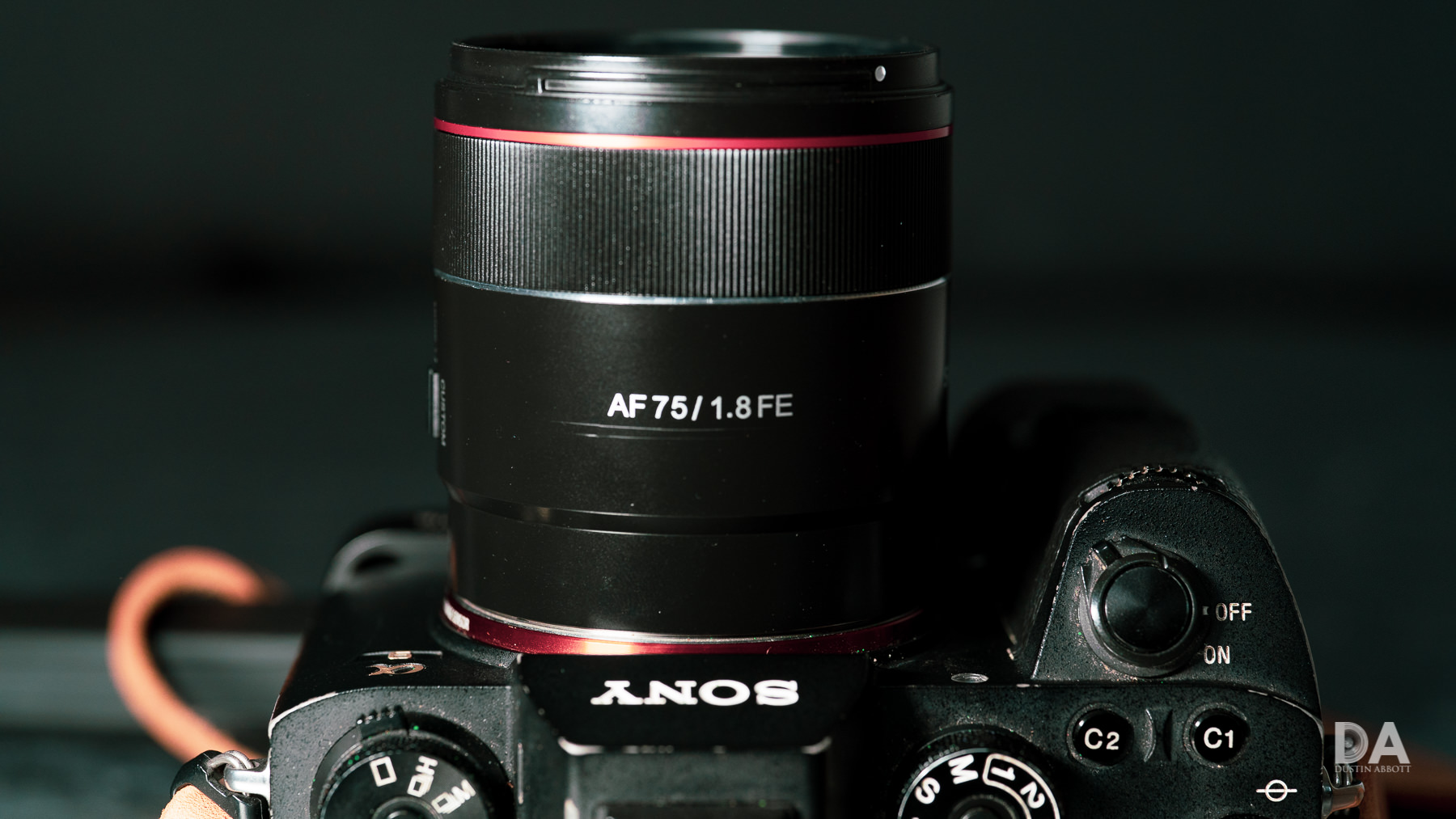
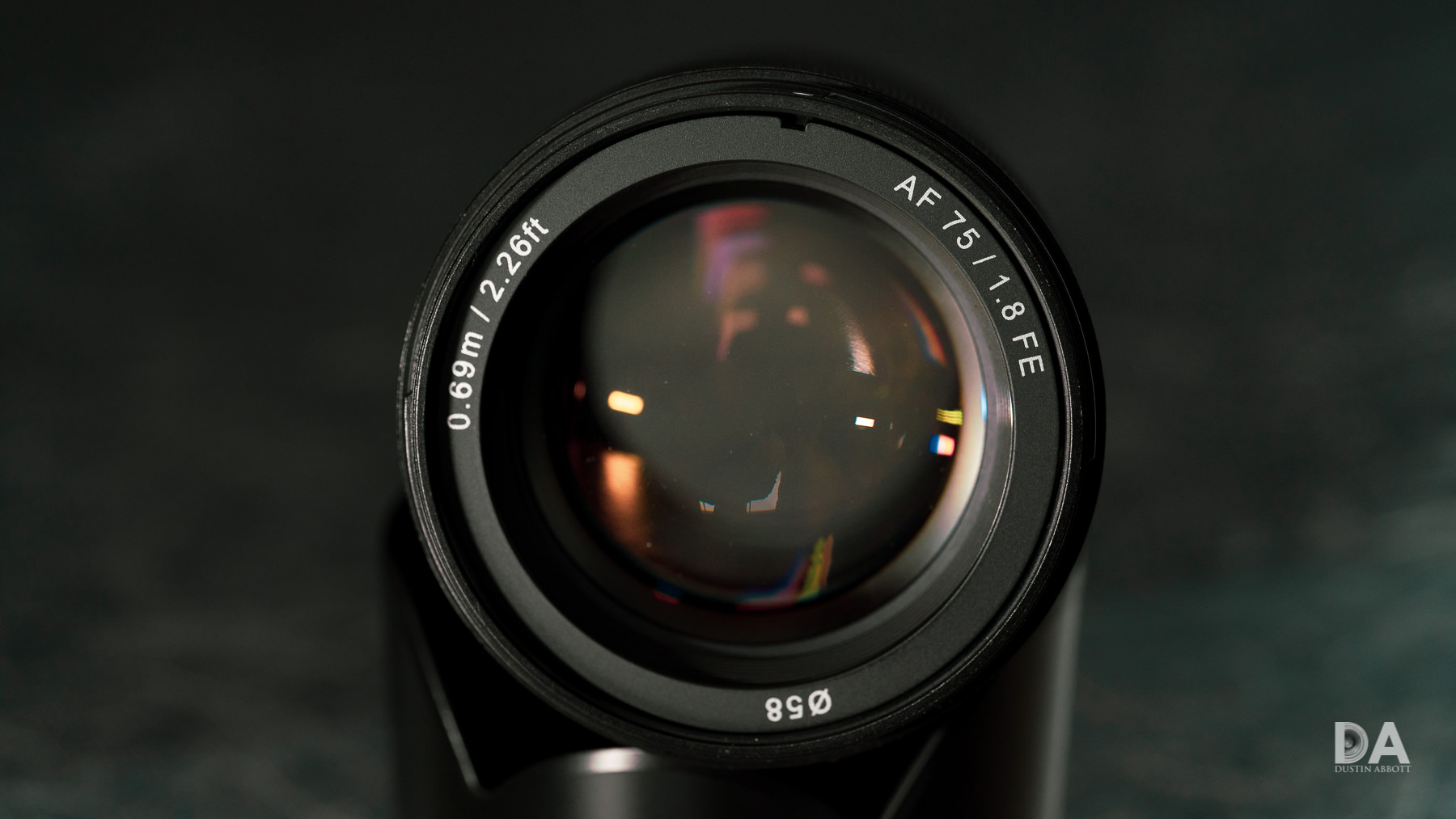
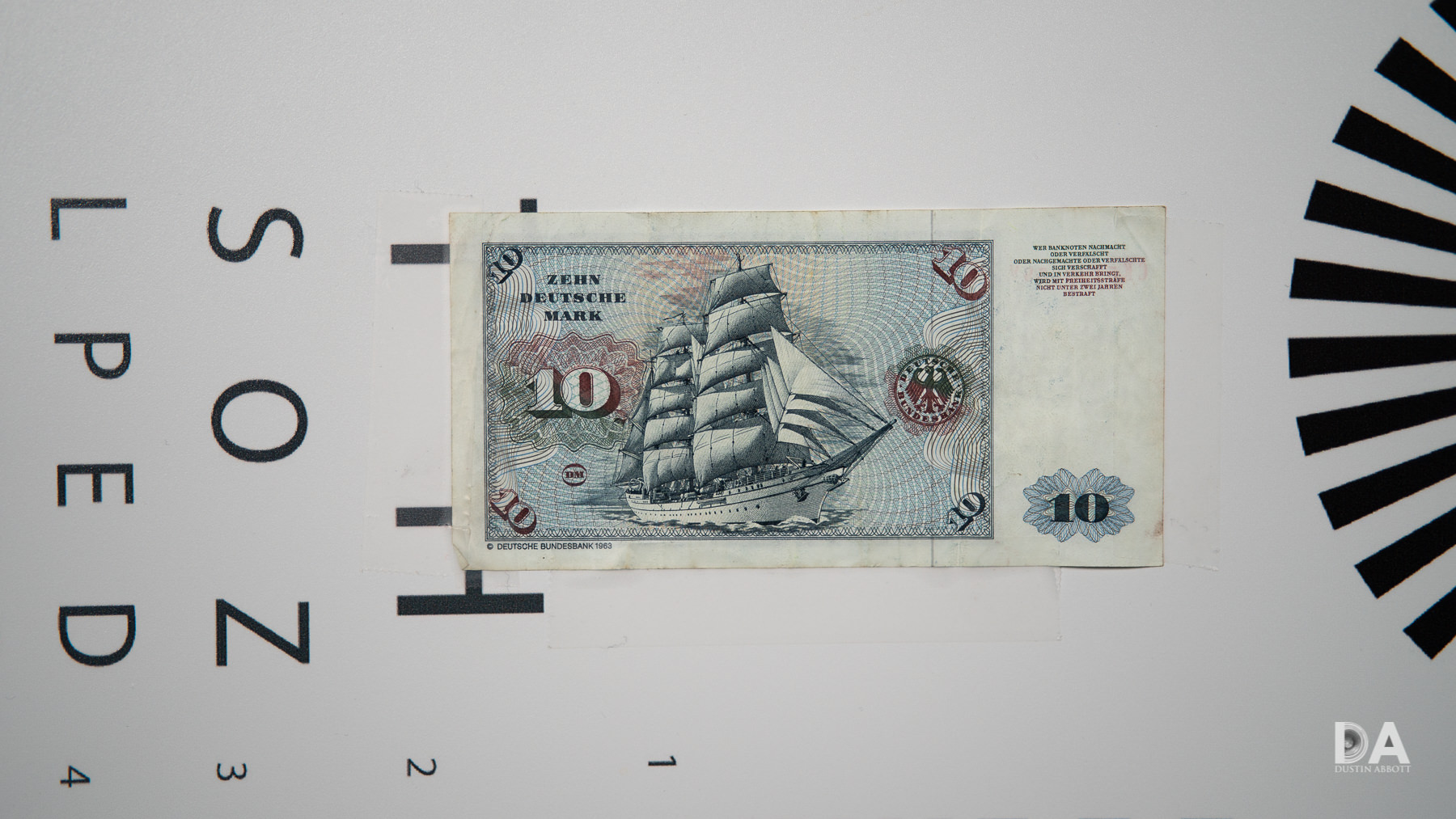

















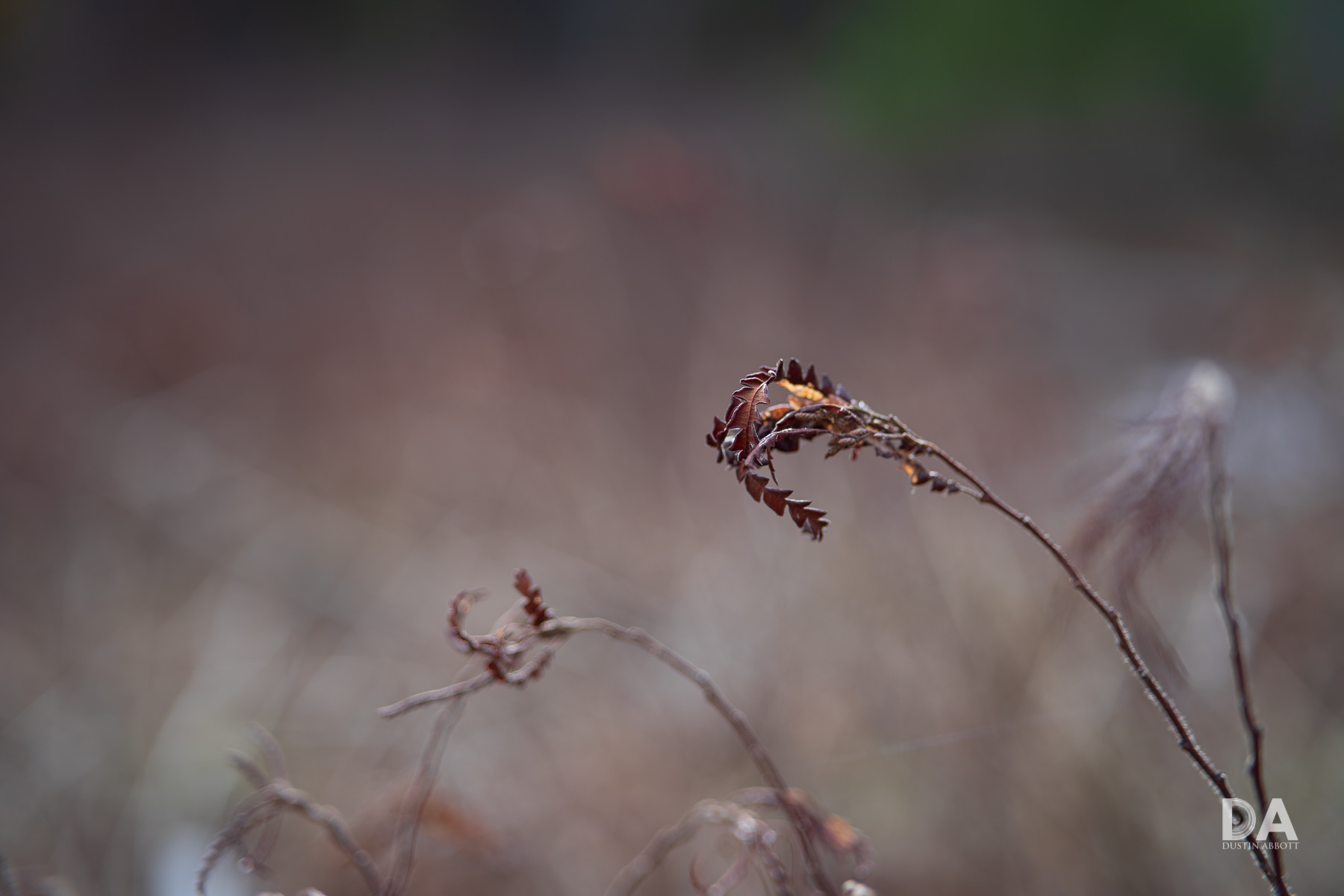

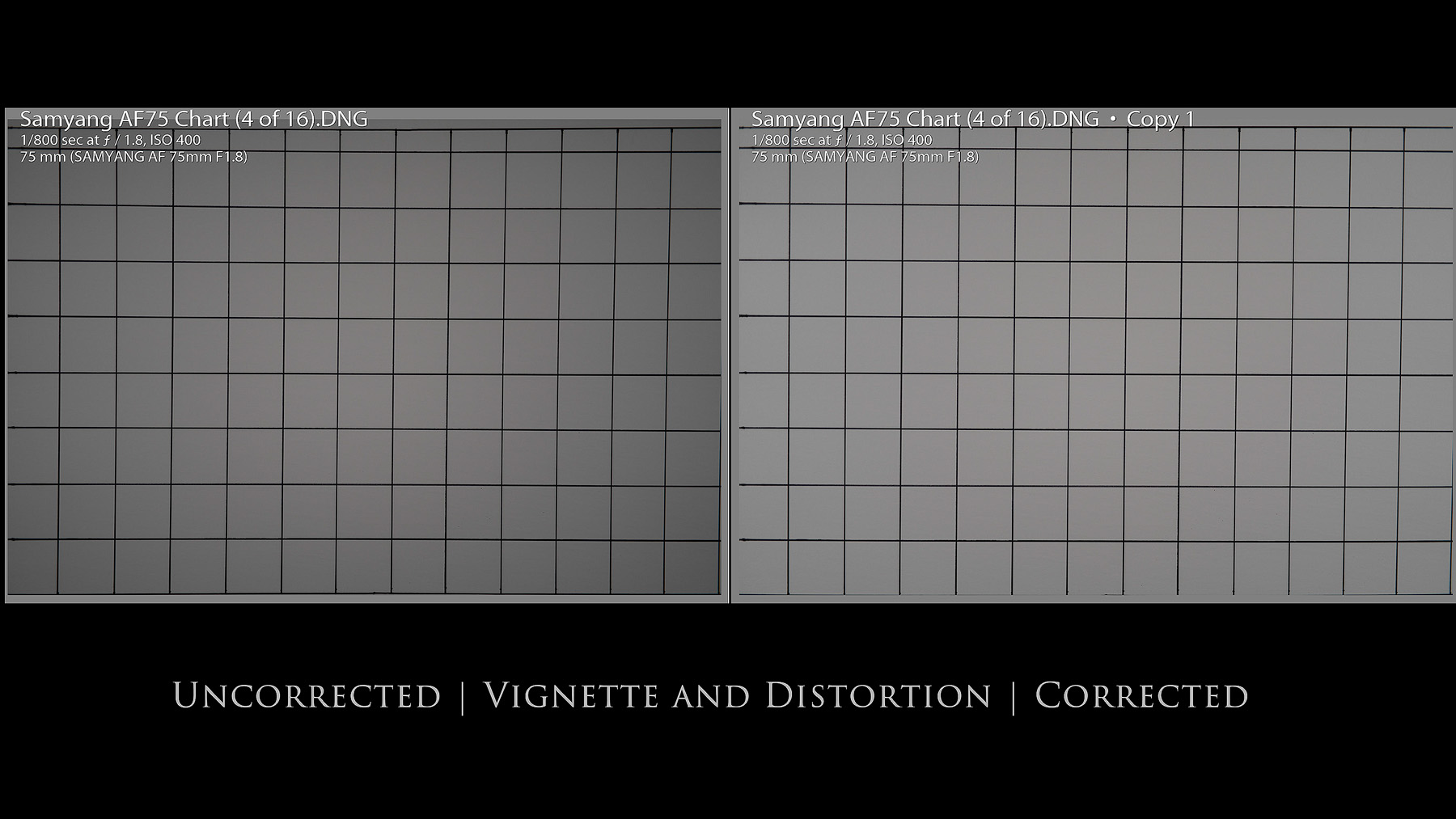
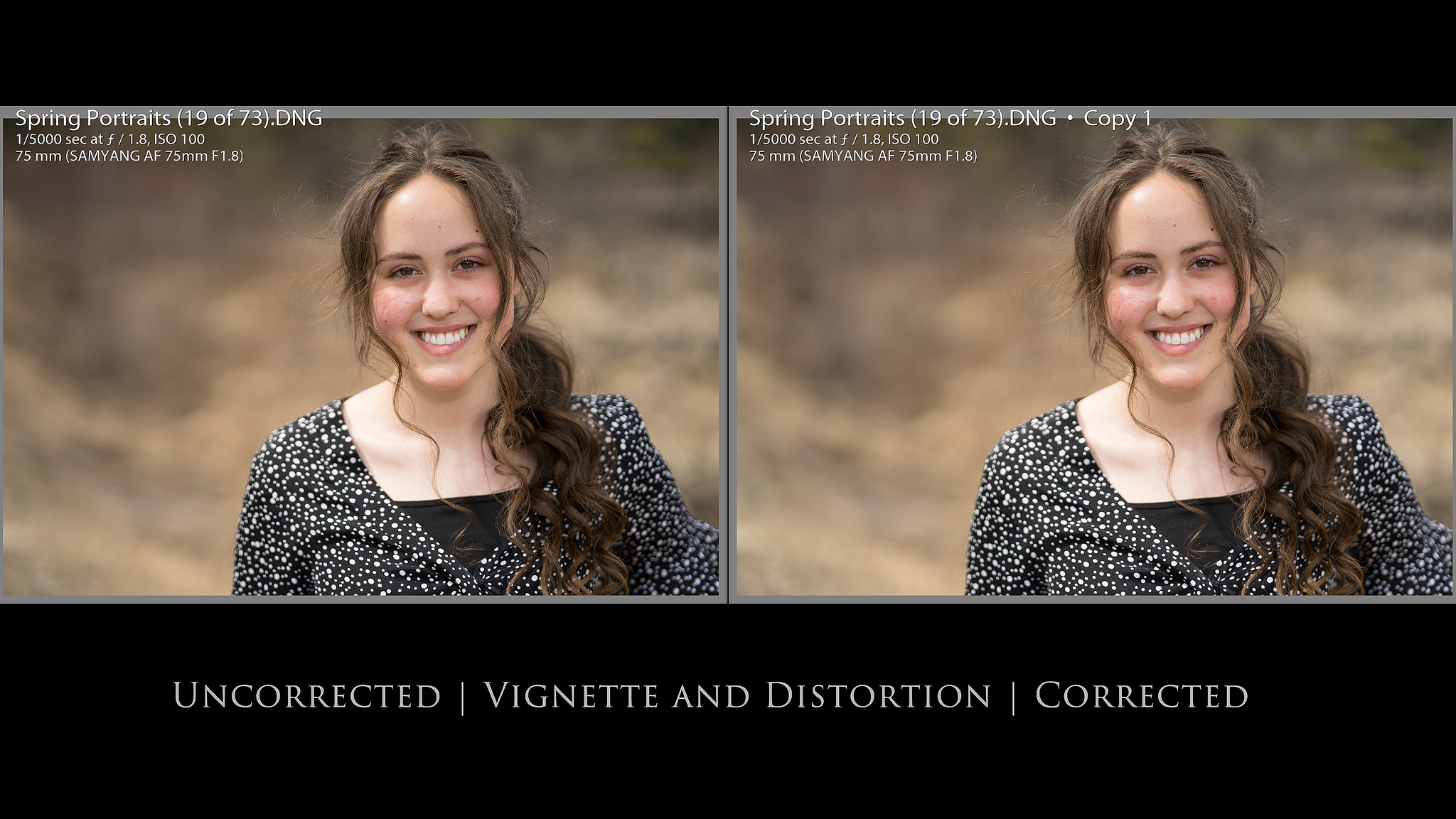
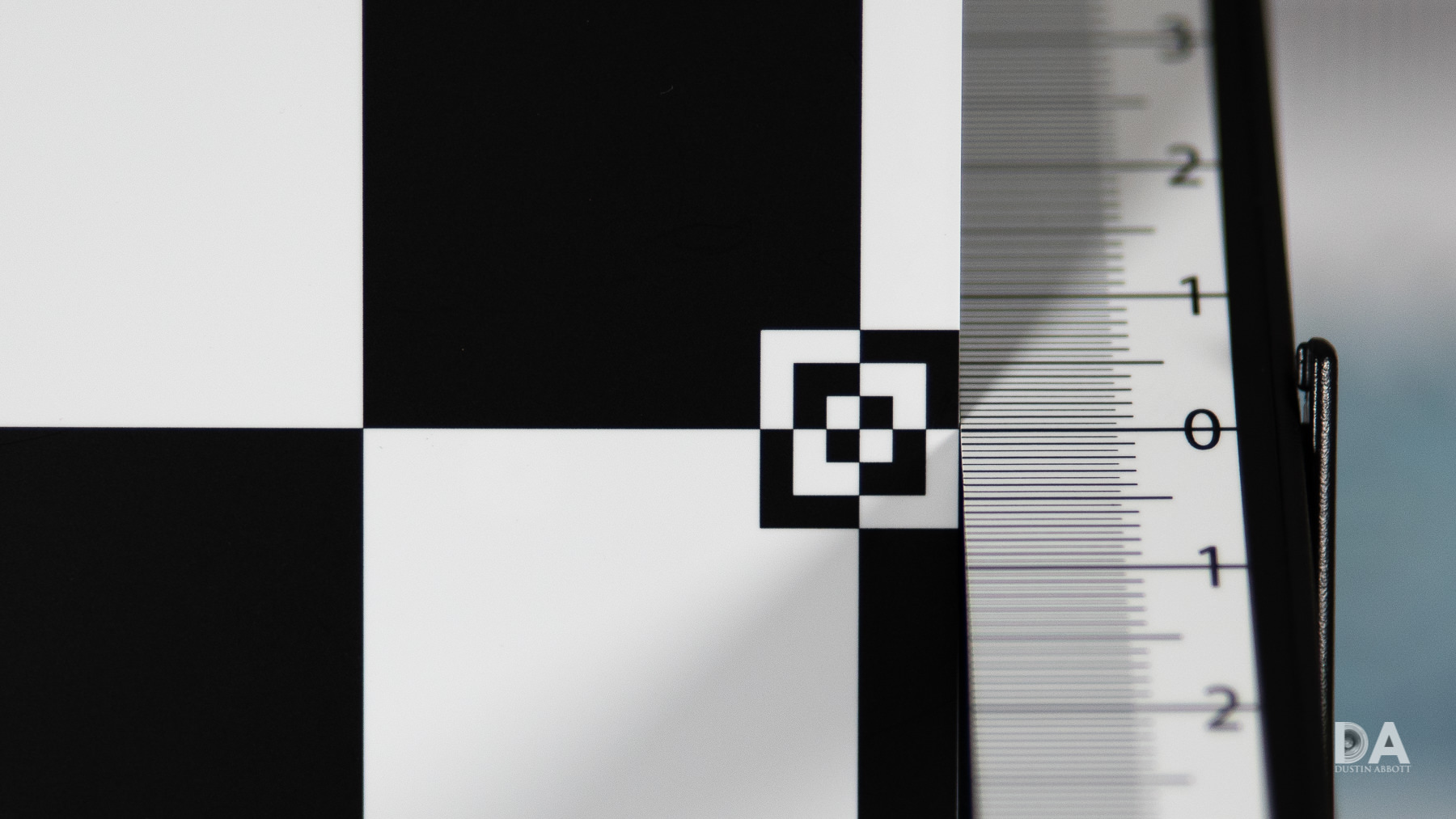

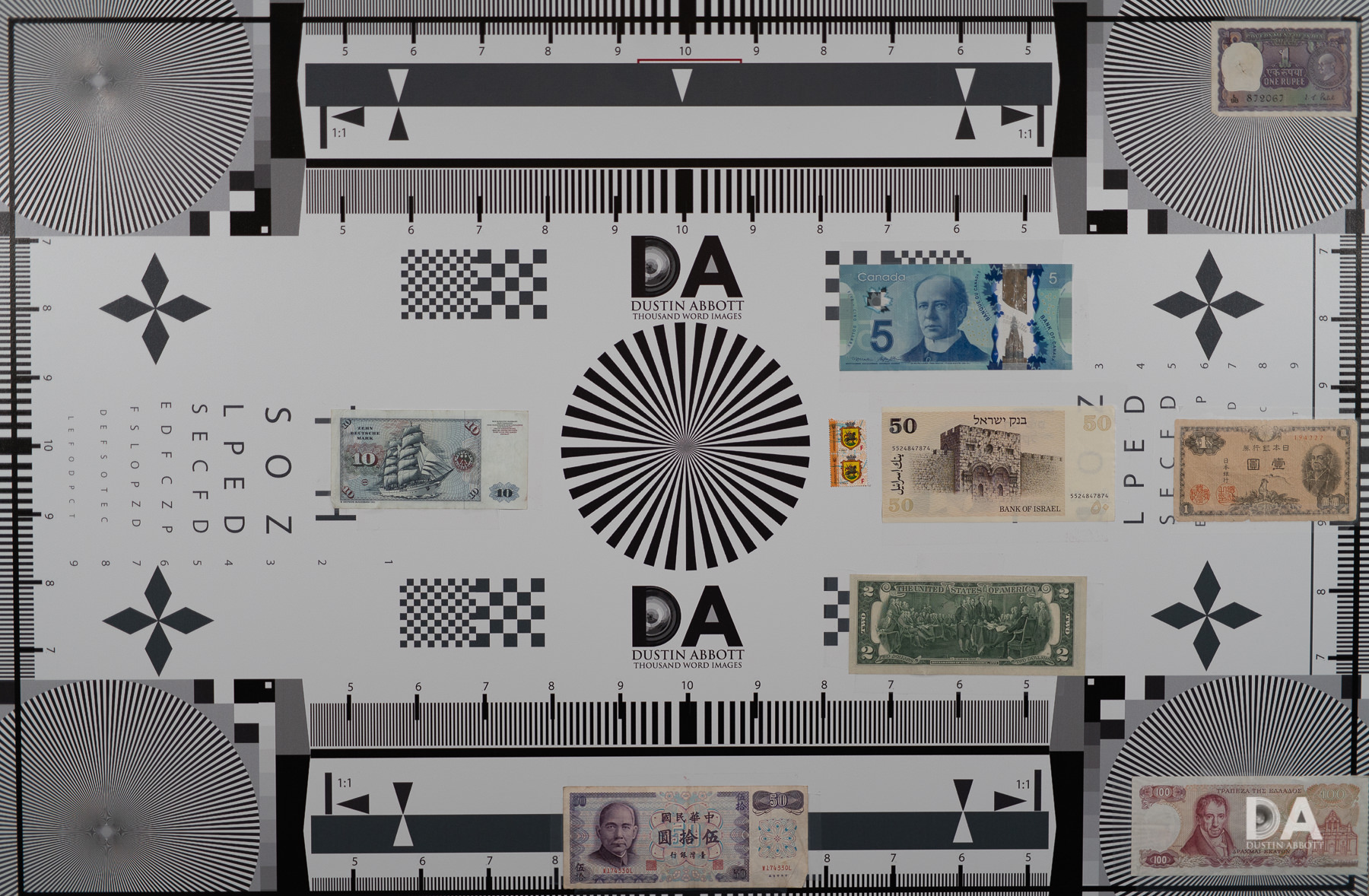


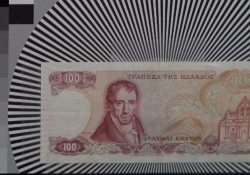










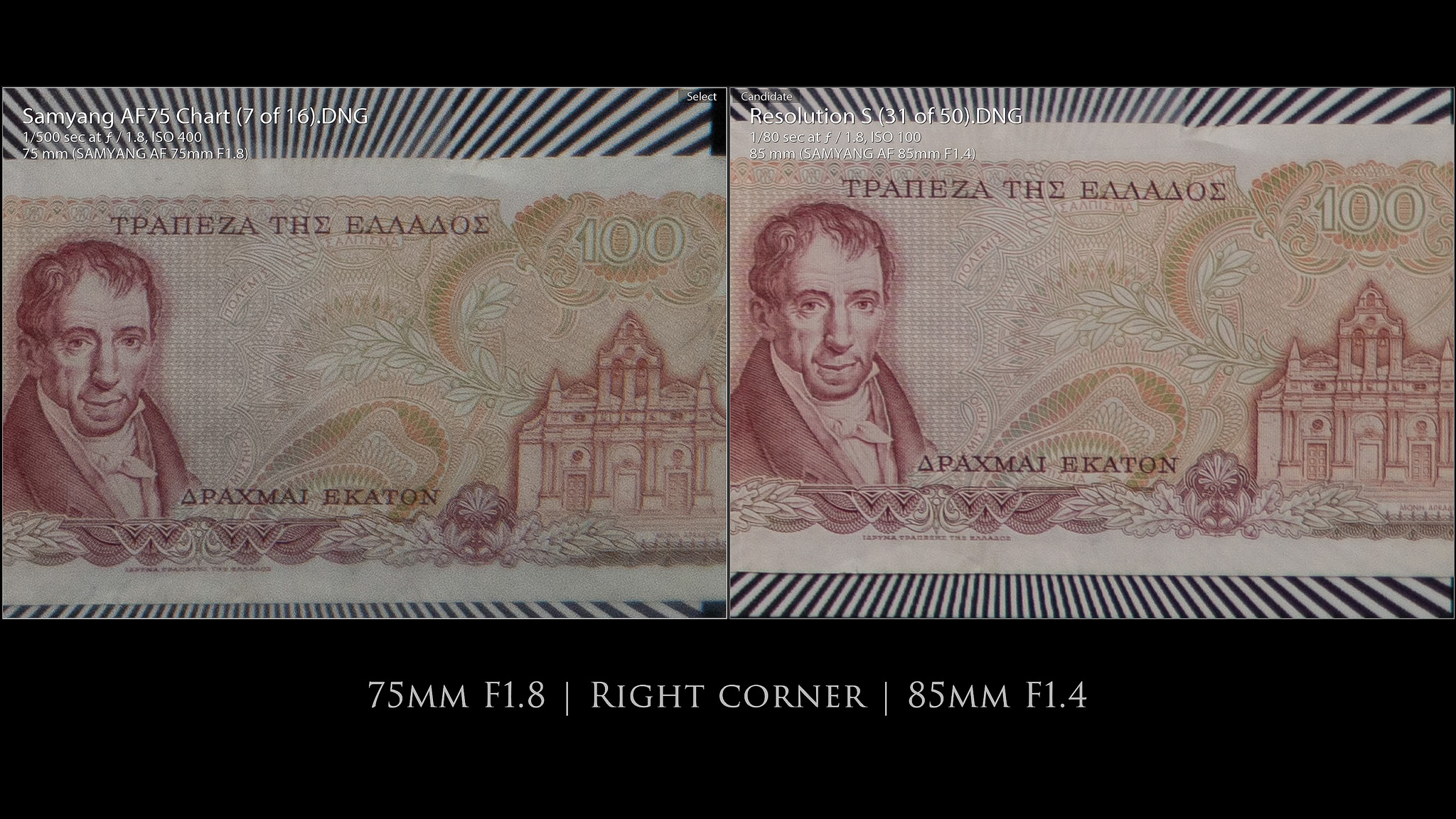
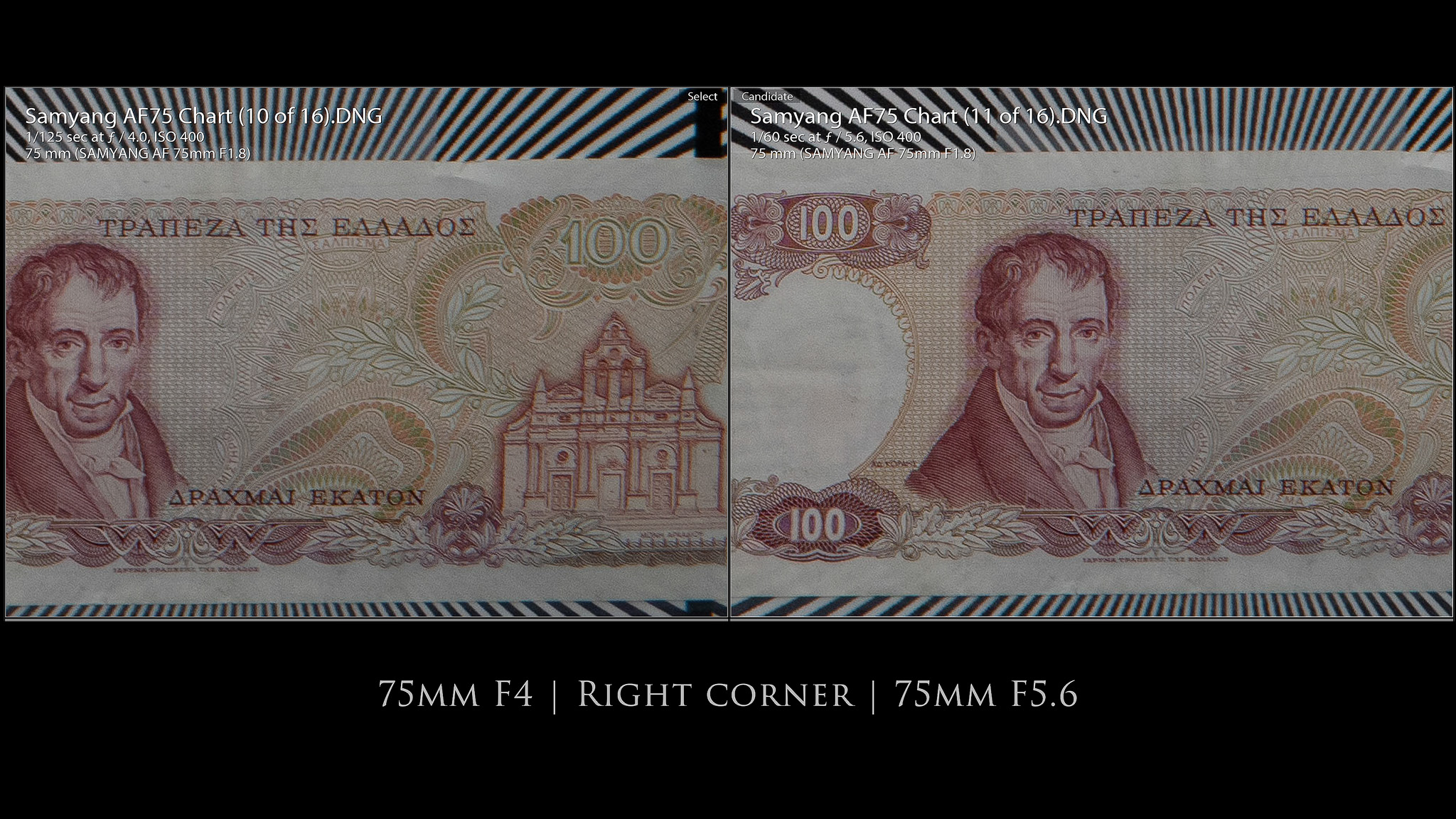



















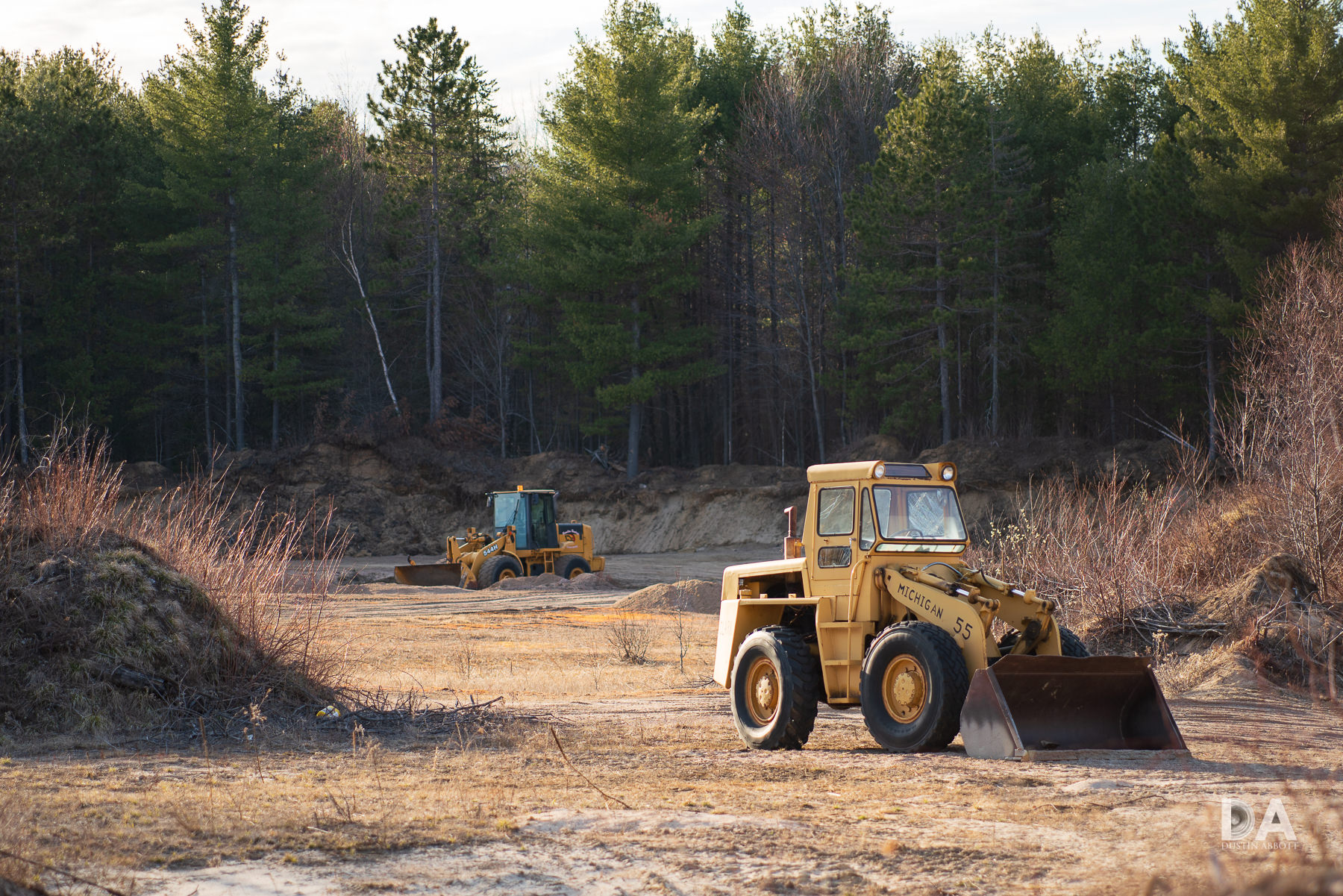


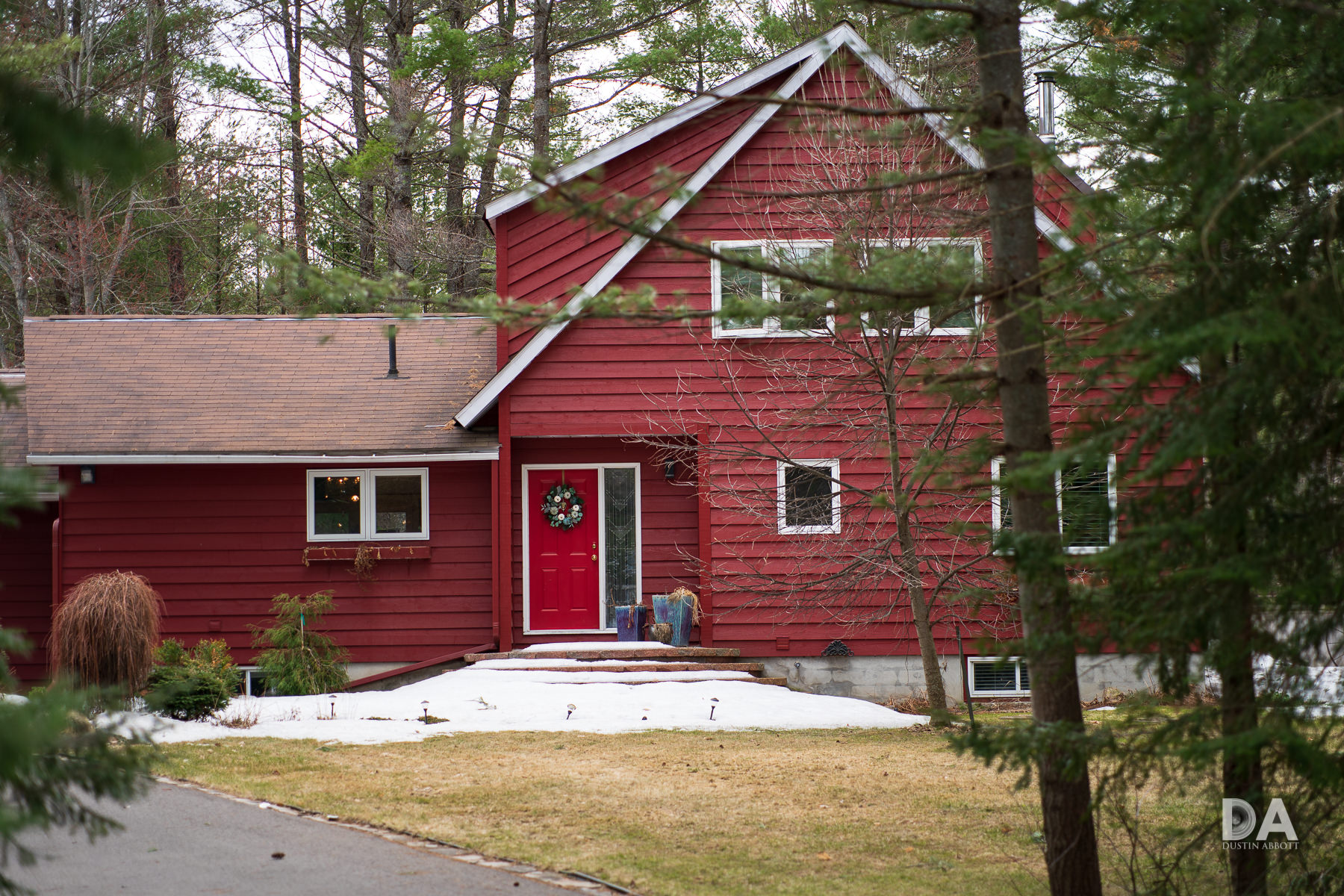






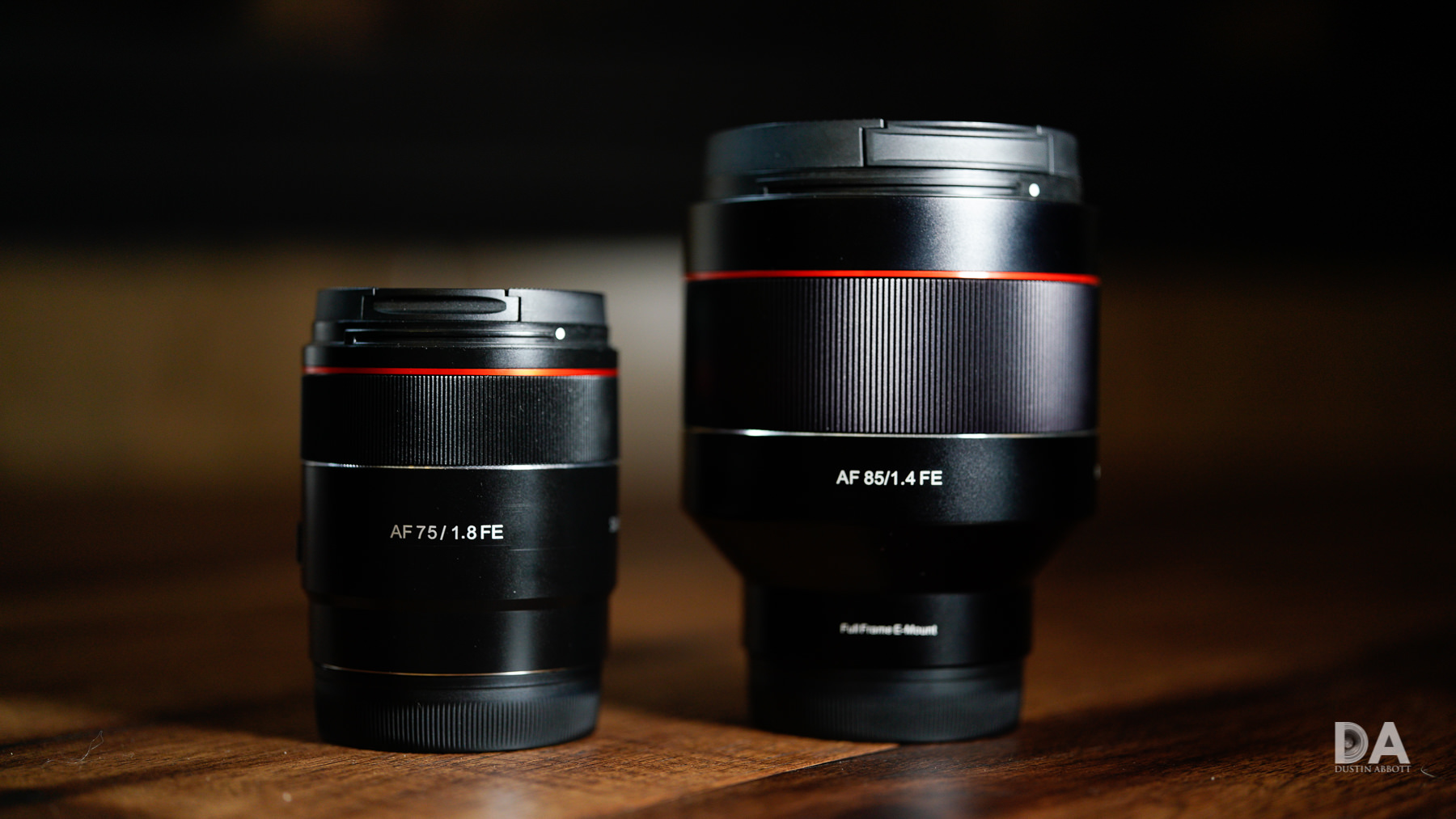


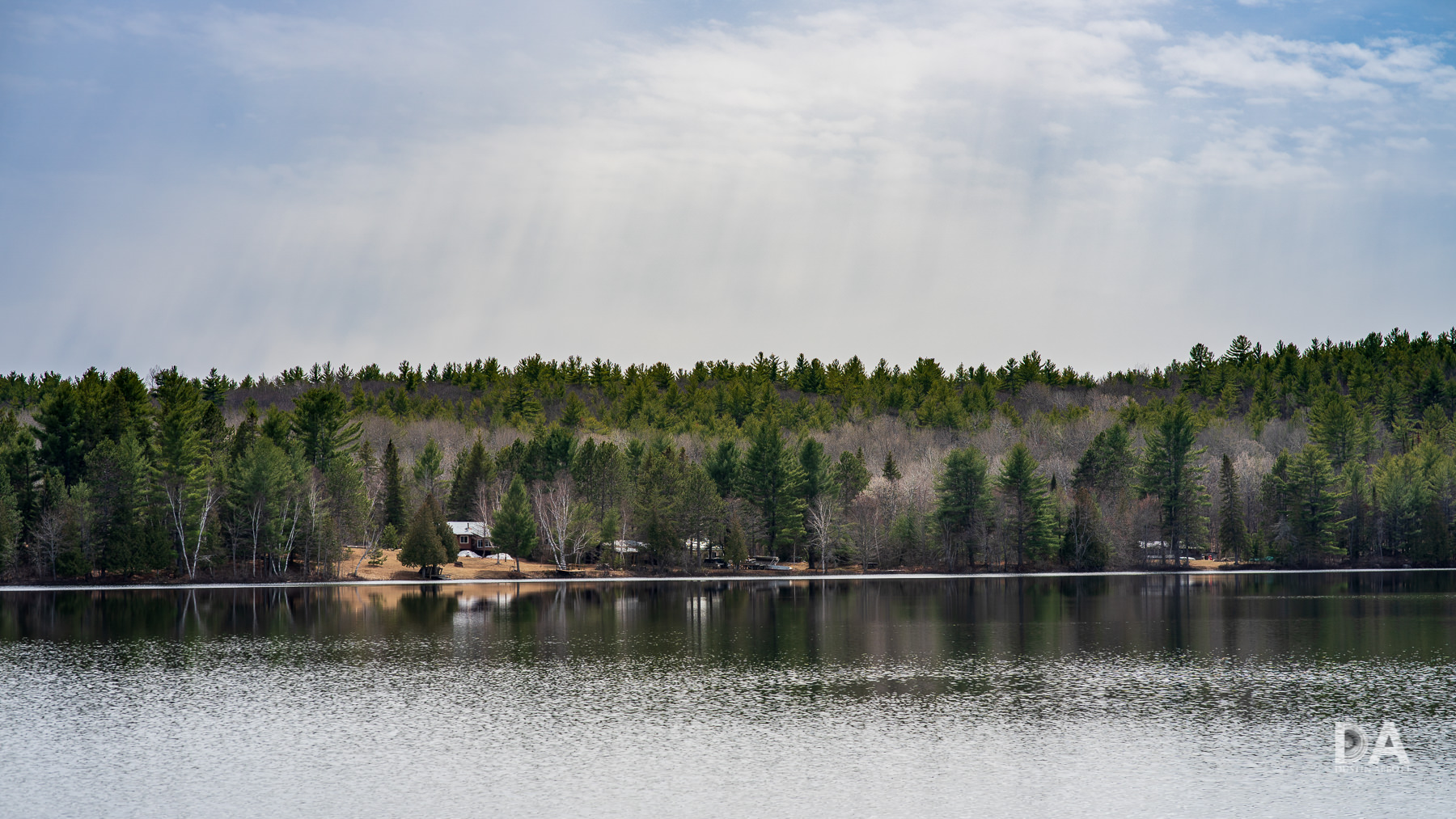






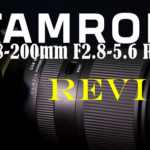
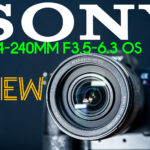
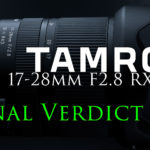

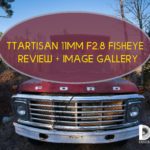

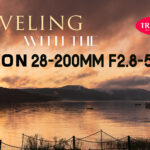

[…] Samyang AF 75mm F1.8 […]
[…] Samyang AF 75mm F1.8 […]